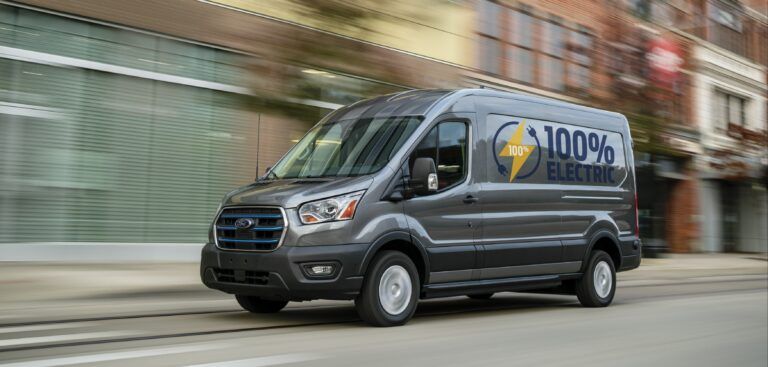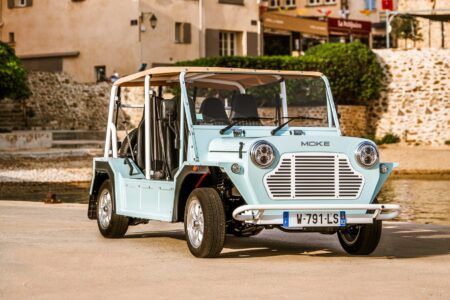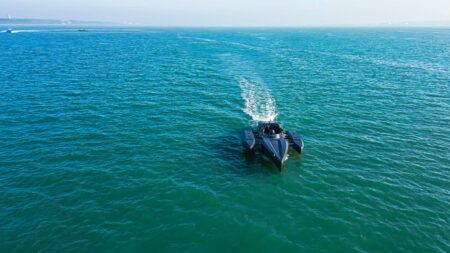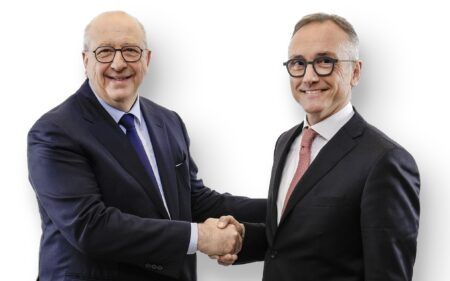As part of Ford’s mission to become entirely carbon-neutral by 2050 it has unveiled its latest addition to its electrified line-up with a battery-powered Transit van.
The all-electric E-Transit follows hybrid and plug-in hybrid versions of its commercial vehicle with a 67kWh battery to provide 271 miles of estimated range on the combined WLTP cycle. The vehicle’s electric motor has a peak output of 198 kW (269 PS) and 430Nm of torque, making it the most powerful motor of any fully electric cargo van sold in Europe. The rear-wheel drive layout is designed to help with traction when the vehicle is heavily laden. Ford engineers redesigned E-Transit’s driveline and rear suspension system to optimize cargo space, creating a heavy-duty semi-trailing arm suspension system.
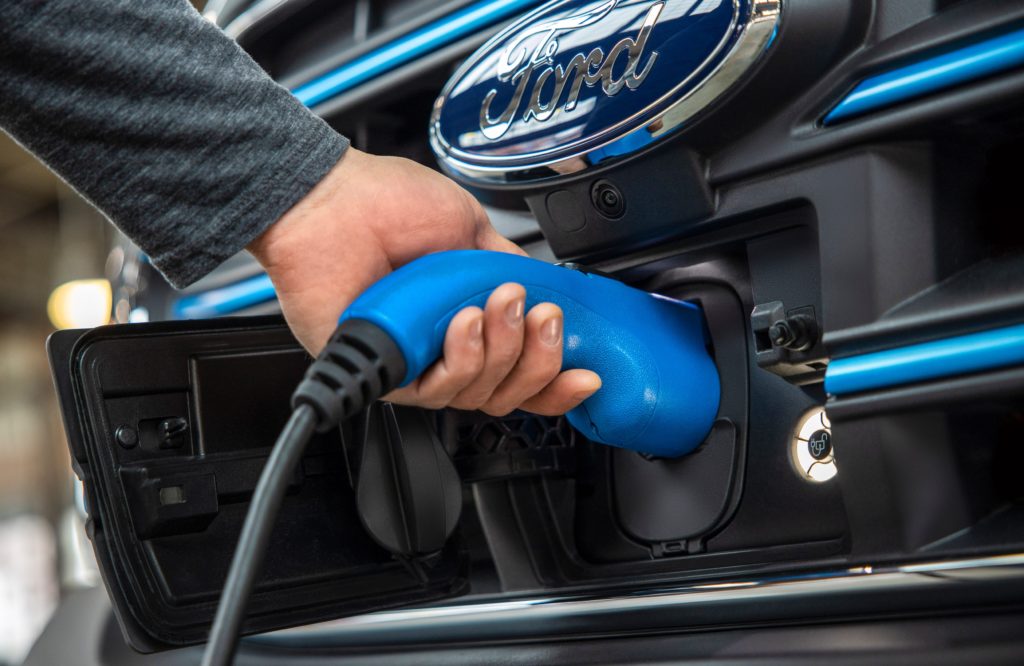
E-Transit features both AC charging and DC fast-charging. The vehicle’s 11.3kW on-board charger is capable of delivering a 100 per cent charge in up to 8.2 hours. Charging with up to 115kW using a high-power DC fast-charger, E-Transit can top-up the battery from 15 per cent to 80 per cent in around 34 minutes.
E-Transit features optional Pro Power Onboard, which enables customers to transform the vehicle into a mobile power source, providing up to 2.3kW for powering tools and equipment on the jobsite and on the go. This is an industry first for light commercial vehicles in Europe.
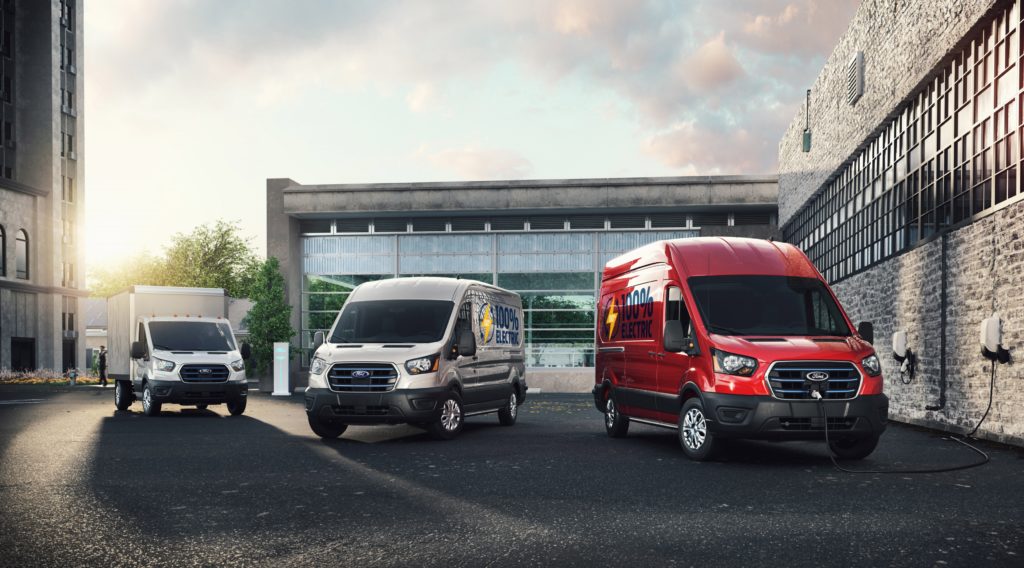
“Ford is North America and Europe’s commercial vehicle leader, so the transition of fleet vehicles to zero emissions, especially for the fast-growing last-mile delivery segment, is critical to achieve our carbon neutral goal by 2050,” said Jim Farley, Ford’s president and CEO. “Ford is ready to lead the charge that started with its award-winning Transit Custom Plug-In Hybrid and EcoBlue Hybrid. It’s good for the planet and a huge advantage for customers with lower operating costs and new connected technologies that will help their businesses.”
E-Transit, which starts arriving with European customers in early 2022, is part of Ford’s more than $11.5 billion global investment in electrification through 2022.


